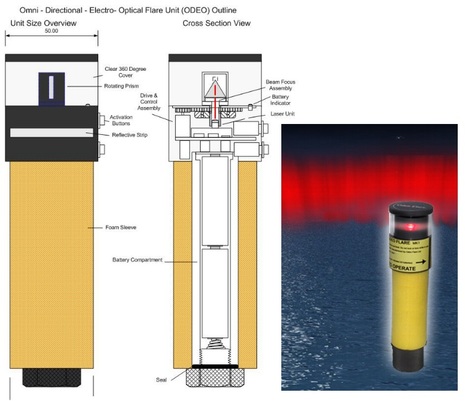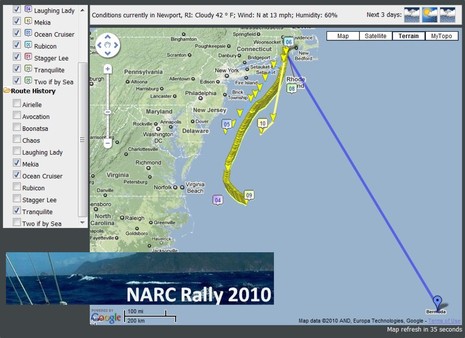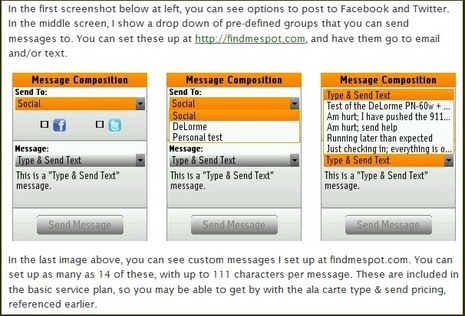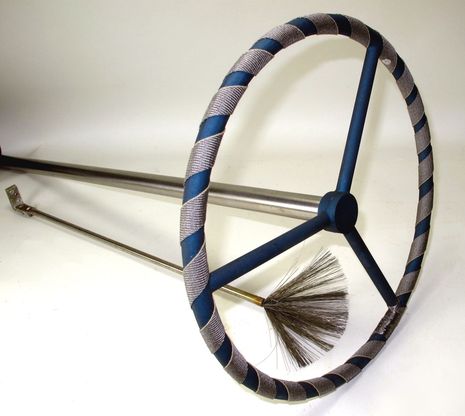DAME Awards 2010, part 2
DAME Awards will be chosen at METS this coming week for multiple categories, but there are electronical things well beyond the main marine electronics category discussed on Thursday. Consider, for instance, how the ODEO Flare seen above attempts to replace pyrotechnics with four lasers and a revolving prism. It does cost almost 100 pounds, but purportedly stays lit for 10 hours on 2 AA batteries, and it won’t burn you. Also in the Lifesaving and Safety Equipment category are SeeTrac’s Jet-trak high-end PWC tracking system, McMurdo’s SmartFind S5 AIS SART, and Weatherdock’s easyRescue, which seems to be a personal-size AIS SART. And of course there’s the Marine Related Software category…














